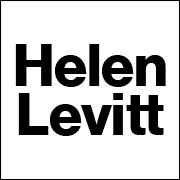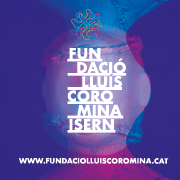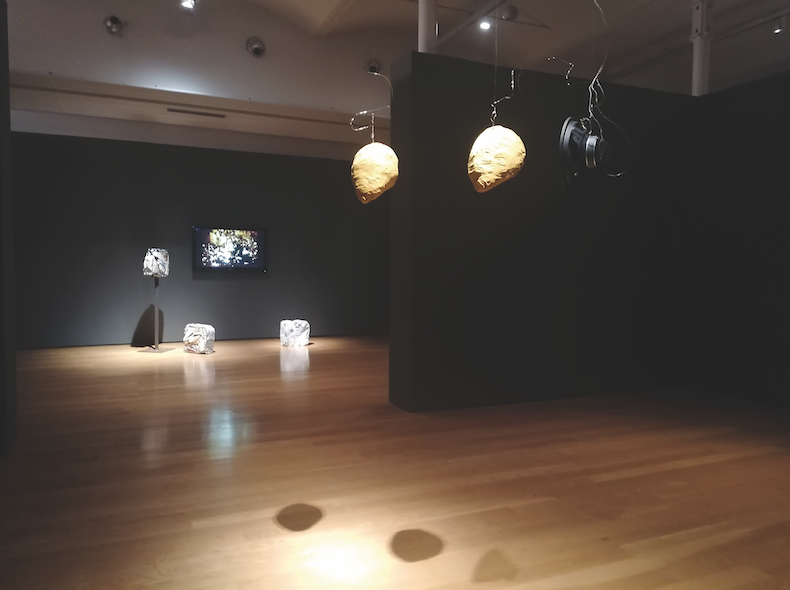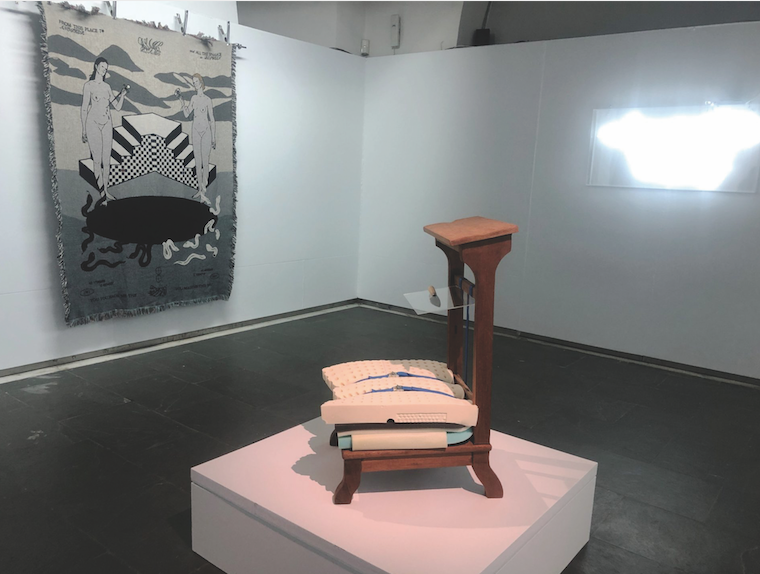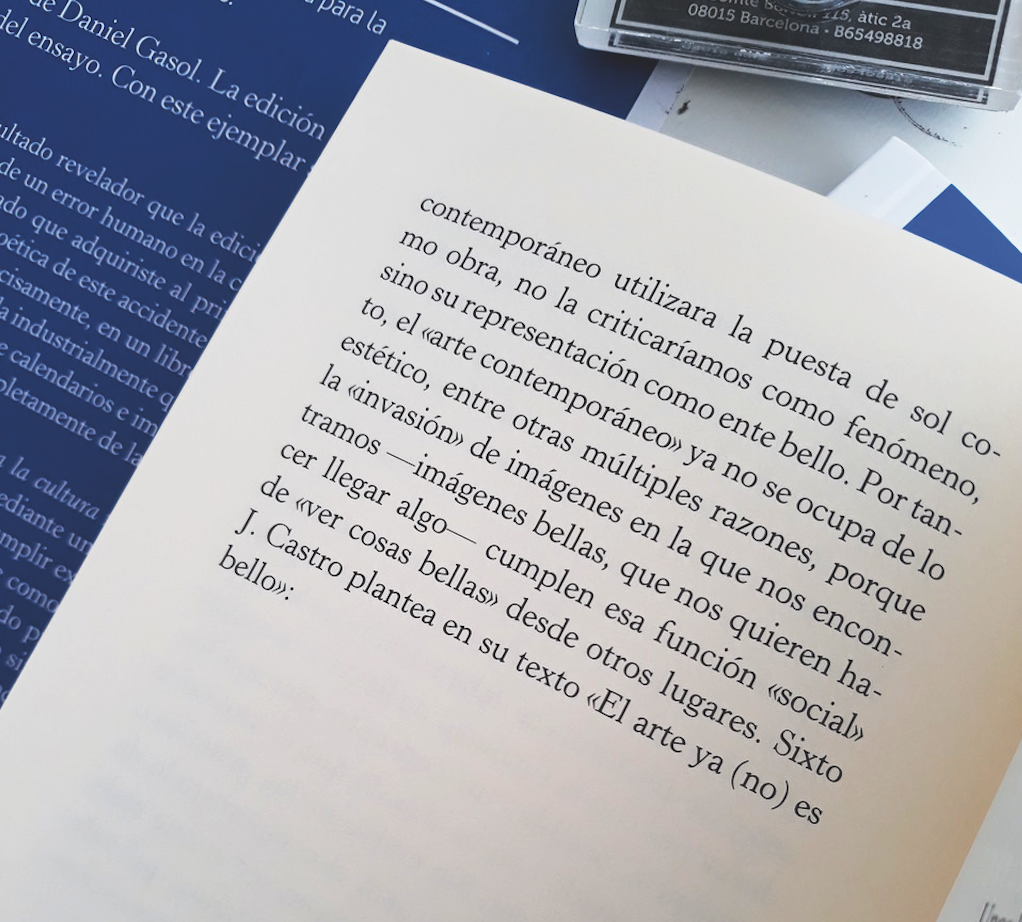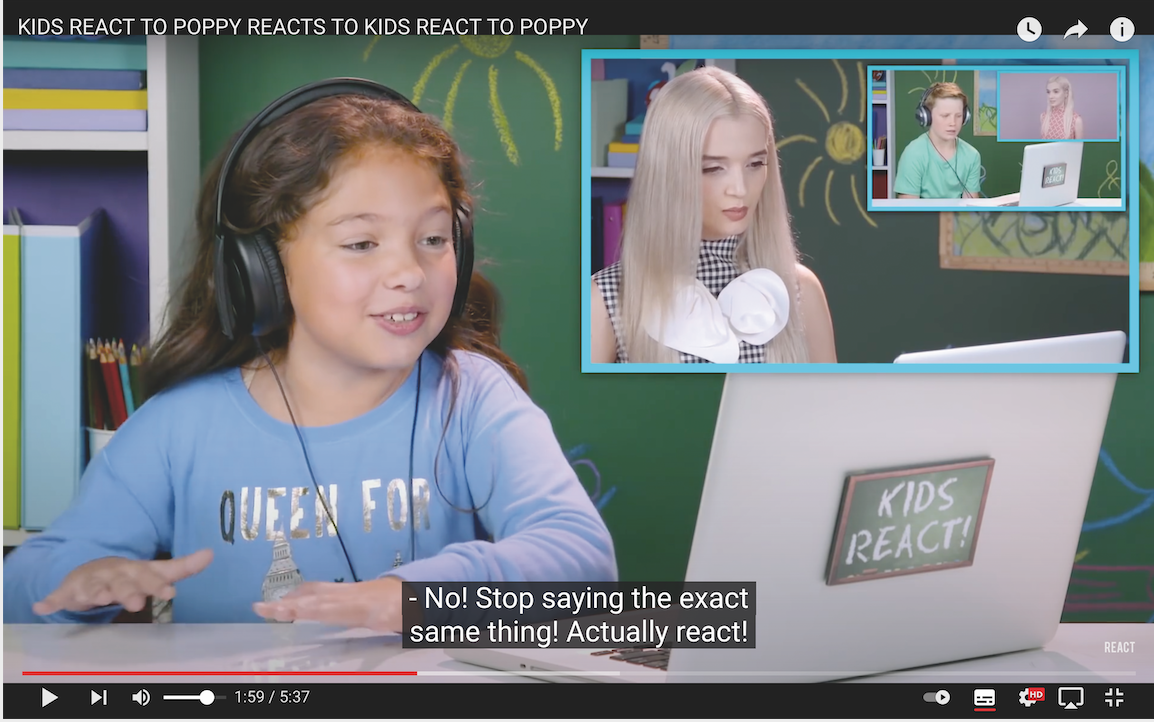Editorial
Take the pulse of Art in 2022, after the Miami 2021 poll
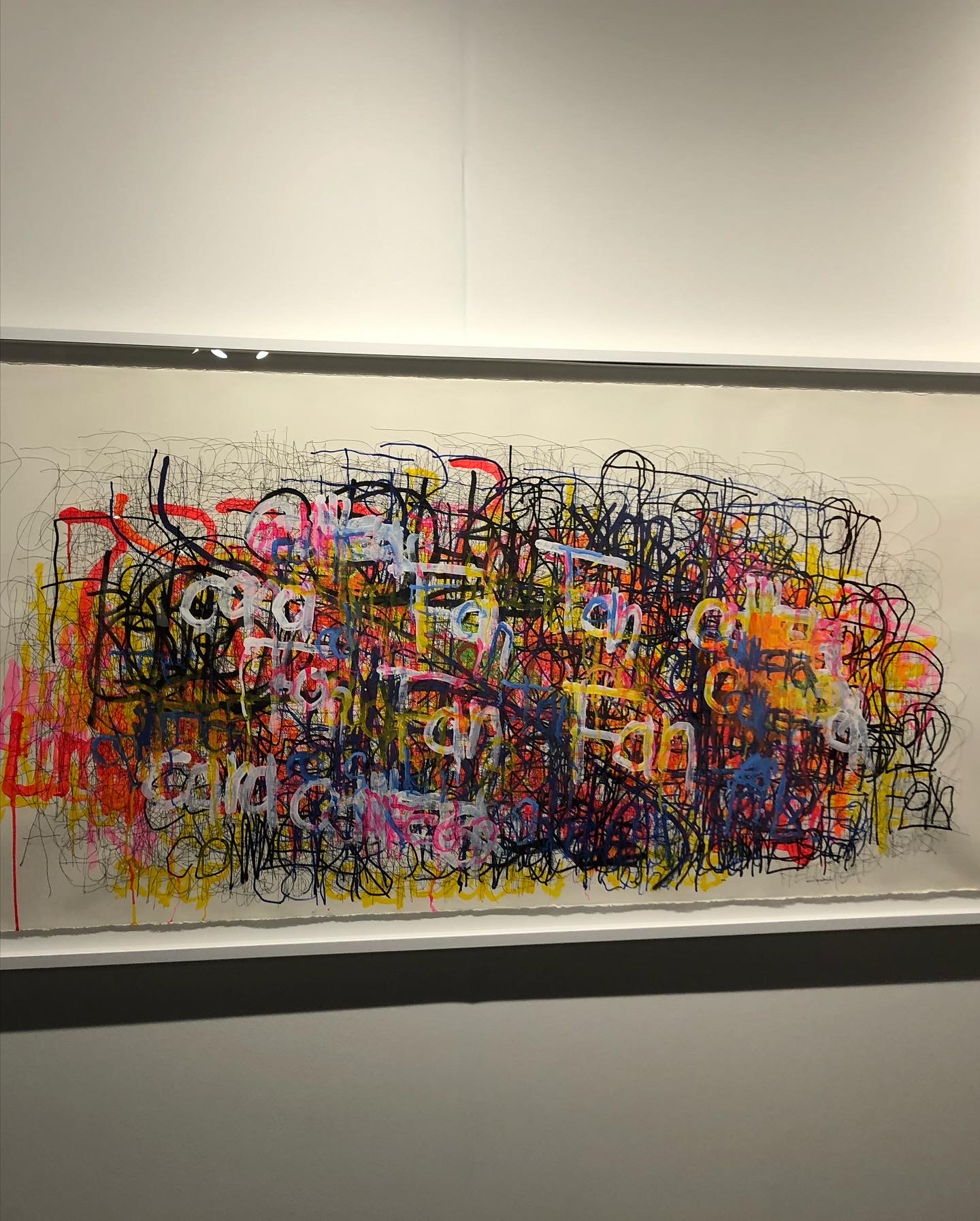
It took me a while to write a reflection on my last “pilgrimage” to Miami to visit what is the last artistic and economic stone of the season, concentrated in an intense week (Art Basel, Design Miami, NOTHING, Untitled, Art Miami, Context , Scoope, Pinta and INK Art Fair, Tha Bass, ICA, Pérez Collection, de la Cruz Collection, District Design…) It took me a while to be able to stand still hot reflections of own and strangers. Use this article also to give some possible light and shadow to what awaits us in 2022 and that this ephemeris of reference highlights.
The global director of Art Basel, Marc Spiegler , who this year also had to take over the management of the Miami fair after its director left to run a prestigious auction room, was clear that the two things that have learned from two years physically stopped by covid -virtually they were working as best they could- is: fairs and the arts sector have strengthened all their digital operations - both digital creation, digital sales and basically dissemination to networks - and that issues of equality, race and the environment have an increasingly specific weight not only in the discourses of artists but also in cultural policies and, above all, in the global human policies of the planet. An extreme that even leads him to justify the very existence of the fair, saying that "the cultural benefit balances the ecological cost of holding a fair like the one they organize". Especially for what I suppose the CO₂ footprint that represents going expressly in situ to this event and the material that is not taken advantage of of a fair that lasts the days that lasts. It must be said that the issue of recycling the materials of the fair is faster to resolve - as there are already initiatives that succeed - than the issue of the footprint by the impact of tourism and travel, until you fly them by plane or boat trips are not with at least non-polluting fuels.
What has become clear is that developing countries or those that are already developed, but have not had a niche in the canonical history of art and contemporary art, have more and more doors open; even with proposals that may not be fully refined by conceptual maturation and execution, but that are on display to try to alleviate a pandemic deficit that the dominant worldview, heterosexual, and white have underestimated for decades. I still remember my first approach to contemporary Chinese art thanks to art critic Maria Lluïsa Borràs at the Niebla de Casavells Foundation almost two decades ago, so I later continued with monographs in 2008 at the Miró Foundation - Chinese Contemporary Art from the Sigg- Collection to various museums in Vienna to end with a retrospective in 2016 at the Louis Vuitton Foundation in Paris entitled “BENTU”. Needless to say, the Asian giant launched a cultural / economic offensive emulating that of the Americans with its Guggenheim and the Marshall Plan as its flag. Nevertheless, critical "speeches" often arise from such "propaganda" as those of Ai Weiwei, the artist-activist who breaks the makeup with which art is used to disguise societies with significant democratic deficits; it also happened with the Franco regime on the peninsula.
We can also give examples such as that of the Fundació Tàpies de Barcelona , which in 2014 bet on the African-American vision of Kerry James Marshall (Birmingham, Alabama, 1955), a fairly relevant and revealing example. Vicent Todolí's bets on his time at the Tate Modern leave no one indifferent, with the help of the always intelligent Josefina Entrecanales . I have also seen from the hand of the collector Lluís Coromina the bet by some African creators from Benin, basically sculptors, in his collection or at the Miami fairs the presence of the young Ghanaian painter Amoako Boafa who was quite ubiquitous. And he did it with a pictorial tendency that reminded me of Egon Schiele with a radically different palette from the Austrian and very chromatically powerful. It should also be noted that since last year we have had a director of the Museum of Contemporary Art of Barcelona (MACBA), Elvira Dyangani Ose , from Córdoba of Equatorial Guinean origin and who studied Art History at the Autonomous University of Barcelona - She has traveled halfway around the world - and she wants to make a new direction for the organization as a woman - this is the first time the organization has had a woman at the helm in twenty-six years and in its condition of Afro-European.
DIGITAL REVOLUTION: NFT
Of all the fairs and art spaces I had the chance to visit and there were quite a few - my traveling companions and I did an average of ten miles a day looking at art for a week - I was amazed - and no - that only Art Basel had a space specifically to introduce the subject of NFTs (Non-Fungible Token) ; at other fairs I only found a few sporadic proposals in some galleries. Marc Spiegler himself pointed out in an interview with El País that NFTs are meme stocks [viral values] and that there is still a long way to go, even though the revolution exists. For many years now, first-class digital art and video art have been being generated - the Loop fair in Barcelona is an example of how to work with it, and just now it is being possible to regulate formulas for marketing them. And when all this happens, another digital format emerges to finish revolutionizing and at the same time tangle a little more all together. The truth is that they are means designed - like photography - to have mass dissemination and we end up "capping" them to be able to market them. And it is that the reason of the little presence in the fairs has a certain logic, the digital art has more route in the formats of digital diffusion, whereas the corporeality of the painting, the sculpture, the ceramics, the drawing and the 'graphic work has its best possibilities in fairs where physical presence is the requirement. Although we all know that the promotion of the dissemination of physical "art objects" has not stopped uploading to the networks, as well as virtual tours based on face-to-face fairs.
LOGISTICS, A CERTAIN BRAKE
Getting to Miami meant having vaccines, paperwork… and getting there with all the exhibits was already a bit difficult because it still predisposed you to have more “bureaucracy”. Global logistics problems are hampering the pilgrimage to the fairs. This caused many galleries to think twice about participating in some of the fairs in Miami, the 3 points gallery in Barcelona, a regular at Art Miami, this year he stayed in Barcelona. And the truth is that more than one exhibitor had the bad surprise of having the stand empty because the works had not arrived (in Untitled and Art Basel there were two outstanding examples). Among the adventures, that of the Alarcón-Criado gallery in Seville, which together with Max Estrella from Madrid, took part in Untitled and sweated to have it all without having to suffer. The paperwork was very heavy, the gallery owners themselves explained.
RANKING: NADA / BASEL ART, UNTITLED, MIAMI ART / CONTEXT, INK ART FAIR, SCOOPE and PINTA
Clear and round. The fair I liked the most was NADA , which for the most part had a section called Printed Matter + Exile Books - emulating the Arts Libris fair. Its human dimension, its most disruptive, freshest, is what seduced me; Don't be surprised, because in 2018, when the Bombon Project from Barcelona took part, there was already a very careful selection with groundbreaking, irreverent proposals… Creative Growth Art Center , an art and gallery center located in Oakland, took part in this fair which enhances the works of people with other abilities and makes them an extraordinary accompaniment. The lead artist was Judith Scott. In this sense, organizations such as Fundació Estany, Mas Casadevall, Fundació Estímia, Ampans, Fundació Josep Santacreu, SETBA and Fundació Lluís Coromina have emerged in Catalonia, working in this direction, as well as the reference platform in the peninsular area that is Debajo el Madrid hat. The Edel Assanti Gallery in London proposed a showroom with paintings by Dale Lewis that left no one indifferent to the theme of homosexuality expressed bluntly or the proposals of Ex Ovo de Dallas.
On the other hand, Art Basel had the participation of two galleries in Barcelona, Polígrafa -a veteran of the sector and the fair- and Mayoral -which premiered in person-, as well as the Mexican gallery Labor directed by the Barcelona cultural manager Luz Masso t. The island-based franchise and the Basque country Hause & Wirth could not be missed either. The presence of Catalan authors was led by sculptures, of course, by Jaume Plensa in the Lelong Gallery. The Elvira González Gallery in Madrid and other mythical ones such as Gagosian or the Galerie 1900-2000 in Paris, which has been represented several times by the Catalan author Xavier Escribà, also had a prominent place. It is clear that Art Basel is a major transatlantic liner, a top-tier marketing and economic action of the Swiss government channeled through the UBS bank, which moves the large volume of VIPs of the week; the excellence of its galleries is also undeniable, although there were notable casualties and also some surprising highs. The fair is spectacular, it has a presence of large-format works spaces that is combined with “smaller” spaces, that of the galleries where raw and peeled sales are basically made; an NFT section and a conference section that any contemporary art museum would like, as well as world-class art magazines such as Artforum, Freeze … giving away copies for the enjoyment of the audience. The overall assessment is that it has gone well in terms of audience (60,000 visitors, despite capacity restrictions) and sales, it seems that people wanted to go out and spend, although everyone was very cautious in this regard. at the beginning of the certainly. A trend that seems to be exported in 2022, although the omicron variant will delay it a bit more all together.
Untitled that stays on the beach, next to the Scoope fair, is also one of the most refined and with more harmonious and conceptual proposals. It would be halfway between Art Basel and NADA. This year the ravages of the pandemic were visible with a more measured and radicalism. People want to sell because the investment to go to any fair is not cheap. Among the proposals that caught my attention are the stand at the Eden Airlnes Gallery in Richmond (USA) , with a rebellious and trashy spirit with paintings by Kevin Sabo and the proposal by Masako Miki with sculptures as exits from 'a manga comic from the CULT Aimee Friberg Exhibition gallery. I was also captivated by Ira Lombardía's photogravures from the Alarcón-Criado gallery and the paper-tree sculptures by Miler Lagos and the digital work by Daniel Canogar Amalgama Phillips from the Marx Estrella Gallery in Madrid. The Tern gallery in the Bahamas did not lag behind with the proposals of April Bey, Cydne Jasmin Coleby, Kendra Frourup and Anina Major . And finally a proposal for industrial design, chairs from Atelier Caracas produced by Studio Boheme under the title "Radical Semantic".
The other big fair with visitors and potential is Art Miami and its subsidiary Context . In this edition, the brilliance had shifted to a second term and less aestheticist proposals were seen; you have the persistent feeling at this fair and at Scoope that there are works very similar to big names that can be seen in Art Basel, but that yes, cheaper. Thus, between the works of Basquiat or Frida Kahlo and media such as Bansky in the Chase Contemporary, emerging and other emerging promises were combined.
The Scoope fair, next to the sand, is a global franchise with a totum revolutum of crowded proposals of which there are, from time to time, a couple of interesting ones. Of course, it has a large audience that never stops filling a tent where you can catch a cold due to the low temperature produced by air conditioning; a dominant one in practically all art fairs, long live ecology! Among the findings is the Coloring the word Foundation , based in Madrid, which is a non-profit organization created by IAM OKUDA , a union of the artist Okuda San Miguel and Ink and Movement , which contributes to the promotion of diversity and improvement of the quality of life of people and communities, using art and color as an instrument of transformation and change.
The last two fairs to take a look at were Pinta , very loose and concentrated in the Latin American market, but which had the presence of the Barcelona gallery Zielinsky with a more than worthy stand and which was perhaps at the wrong fair; and the graphic art fair, inside a hotel and next to the Art Basel fair, INK Art Fair . The latter had a rigorous sampling of first-rate graphic work with historical galleries such as the Marlborough . Prices of all kinds, but showing that the graphic work has had and will always have a prominent place in the history of art. All the great creators have worked on this technique on paper that has a special poetics and sensitivity, as the people of the Miniprint of Cadaqués emphasize year after year.
BIG FASHION BRANDS FULLY ENTER ART
The relationship between Art and fashion, when with some designers textile support is an excuse to generate their artistic creations, has been present for decades. Besides, the phenomenon of how the big luxury brands have approached and “seized” contemporary art to give more creativity and added value to their collections, shops… has been an undeniable fact for decades. But this is increasingly present, as its power to sponsor creators and big events is an essential source of income for the often weak artistic and creative ecosystem. In Miami where this is most clearly seen is in the Design District , a neighborhood where all the big luxury franchises - the newly opened Loewe store stood out with an impressive mural by Sol Lewitt , which had nothing to envy to the Caixafòrum Barcelona - merge with Art and coexist with artistic spaces such as the Miami Institute of Contemporary Art (ICA) , the De la Cruz Collection or the Lelong galleries with a collective exhibition with a work by Jaume Plensa, the Opera Gallery with a mini-retrospective by Keitg Haring espatarrant or the Goodman Gallery with drawings and sculptures by William Kentridge .
Speaking of urban art, two giant sculptures by the late Virgil Ablo h stood out, a chess-inspired installation for the Louis Vuitton spring / summer collection, as well as the soft and pop art sculptures by Studio Proba + Enjoy the weather titled Tomorrow Land and which were scattered over a lot of squares in the district. During those weeks, the Barcelona urban artist Xupet Negre exhibited works in a private gallery in Miami Beach and took the opportunity to make a large urban mural in the area near the District, where he already has others.
The other big event in the public space was the one sponsored by Saint Laurent by the beach in Miami Beach and entitled 55 sunrise. A small-format building installed as an art space served to wrap the proposal of the Japanese artist Sho Shibuya, who wanted to add color to the news on the covers of The New York Times , under the curatorship of Anthony Vaccarello. The diary served as a canvas for paintings inspired by the birth of the day. Shibuya started this project, entitled Sunrises from a Small Window , as a way to document his life during coronavirus confinement. As its name suggests, the artist draws inspiration from the vision he had from his New York apartment to paint abstract interpretations of the sunrise. Thus, the artist paints charming blues, warm pinks and sunny yellows over headlines, photographs and notes. As a result, these beautiful compositions capture a unique moment and are an alternative way of supporting what appears in the news. Seeing these works, as the sun went down or the sunset at the beach, had its charm and its poetics, which was documented with an impeccable catalog-object-diary.
CONCLUSIONS
The conclusions could say little by little: the desire of the world and the cultural sector, which has suffered a lot and still suffers, to go back and put a point of beauty and critical reflection in our world. That fairs have not yet disappeared, despite being reinvented and, as is the case in business, either there are large groups (Art Basel) or small operators (NOTHING) that have a specific aesthetic and market and niche discourse and niche. Sustainability in every way has a more decisive weight than ever, as do discourses on gender and racial equality. Art will be social or it could not be used as a slogan but not only because art survives itself without carrying any emblem or label. Despite what is clear is that we have several parallel global pandemics such as AIDS, deaths from pollution, traffic accidents, suicide, malnutrition or war, the most prominent being the covid, which tells us that the emergency climate has come to stay if we do nothing to reverse it and that is perhaps the most important challenge of our species. The "crux" of the matter is not that the planet disappears, but that we disappear as an instant in the universe. This struggle to reverse this trend, art and culture - as an essential core of society - has a duty to make it visible and try to change it. This reality and this paradigm shift has or should have art as its main ally.


